What is Malta DNA Ethnicity on Ancestry?
The results of our AncestryDNA tests may sometimes be what we expect or on occasion may be a big surprise. Either way, often we need a little more information regarding some of the regions that arise in our ethnicity estimates.
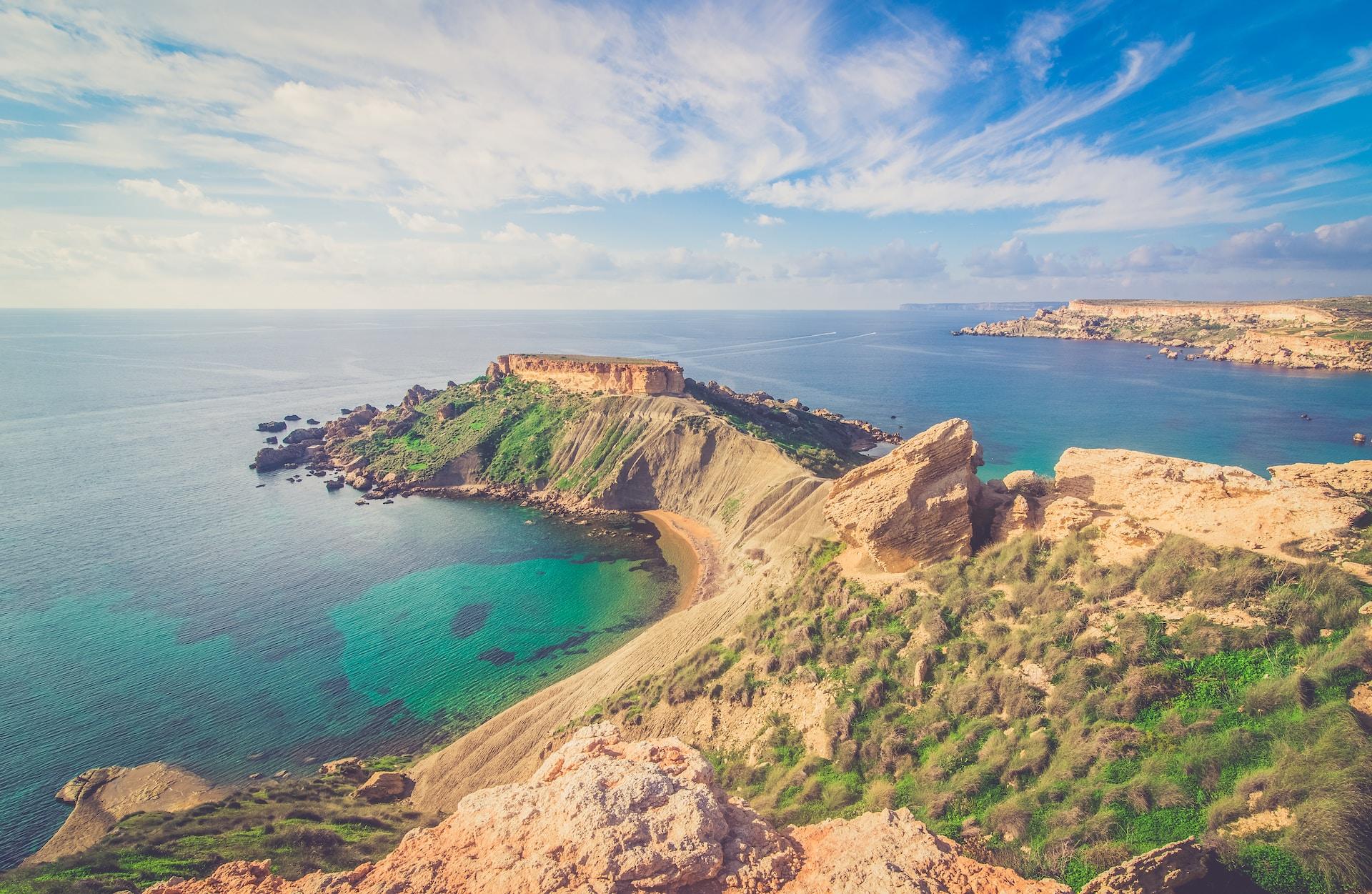
One region that is not at all uncommon is the Malta DNA region. Those who still live in this region already understand all about its history and culture. There are others, however, who may never have even visited or in fact been aware that they have ancestors from that area.
In this post we will go into more detail with regards to the history, geography and culture of the Malta region. We will also discuss what it means to be from this region and how easy or difficult it might be to trace our roots in the Malta Region.
What Is the Malta DNA Region?
The Malta DNA region as the name would suggest is located on the island of Malta. This is a very small region that sits in the Mediterranean to the south of Sicily and north of Libya. To the west of the Island you will also find Tunisia.
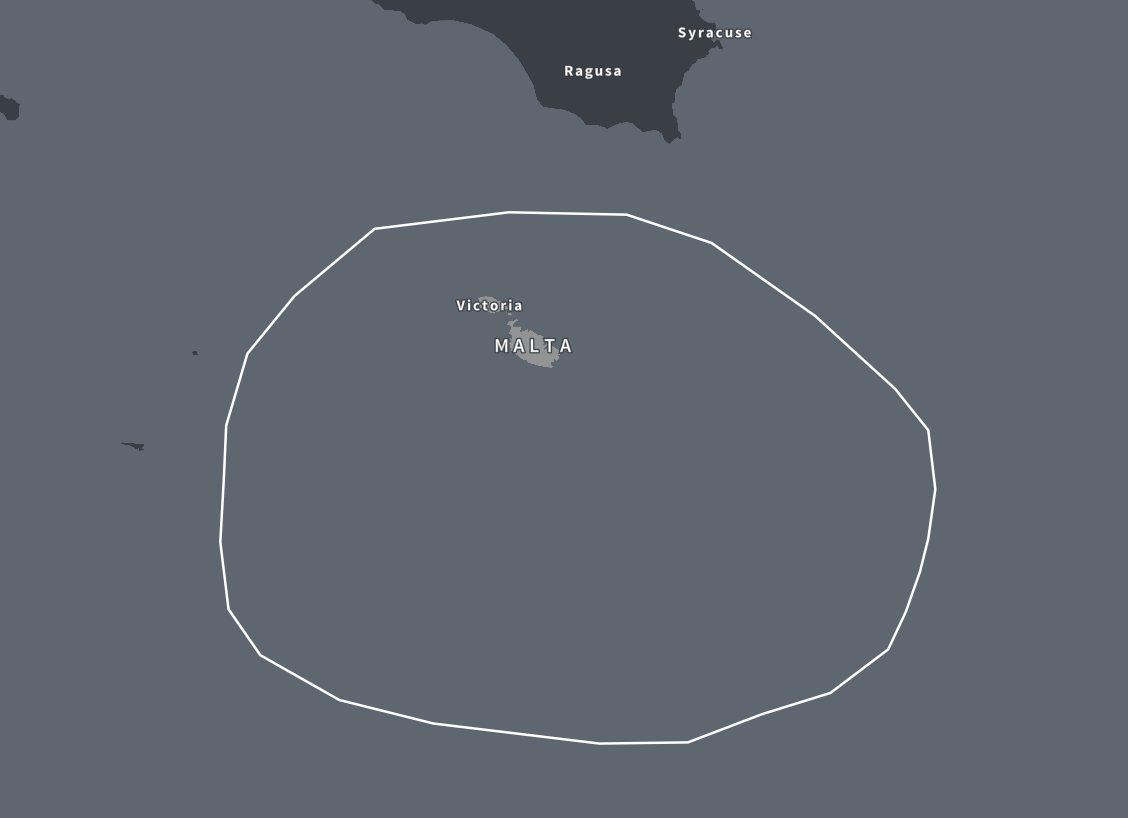
Malta Region History
Malta Prehistory
Experts suggest that the island of Malta has played host to human habitation since at least 5,900 BC with pottery finds indicating a link between the early inhabitants and those living in what would become Italy. These were Stone Age hunters and farmers who may have come from the large island to the north that is known today as Sicily.
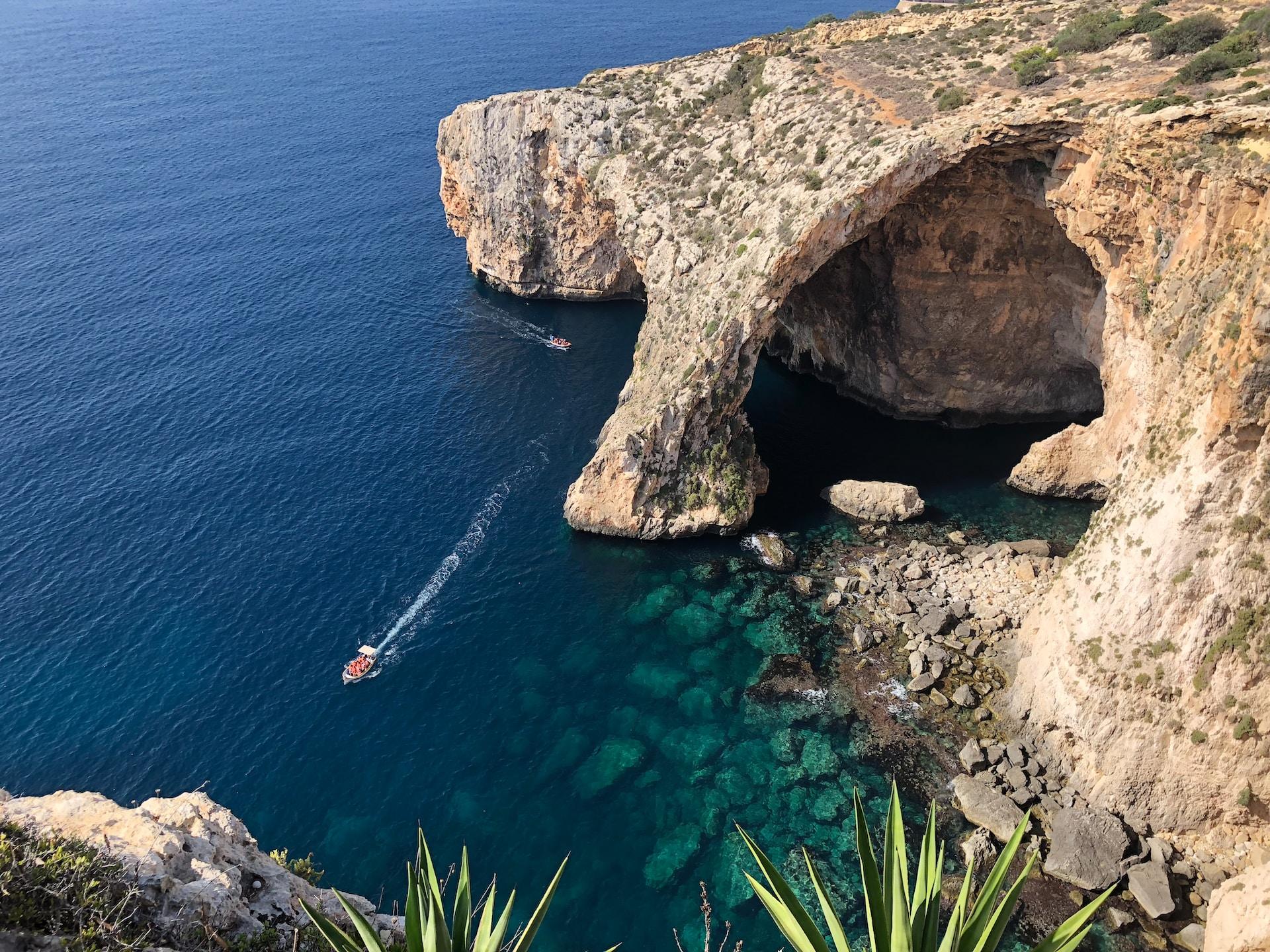
The arrival of this group who were likely related to the Sicani tribe would rapidly bring about the extinction of some of this small island's unique fauna species. Dwarf hippos, giant swans and dwarf elephants all at one time were found on the island and their extinction coincides with the earliest known arrival of humans.
The Sicani
A tribe with roots in the Iberian peninsula, the Sicani would grow cereals on the island as well as raise livestock. Their early religions were based around fertility worship which was common among the peoples of the Mediterranean at the time.
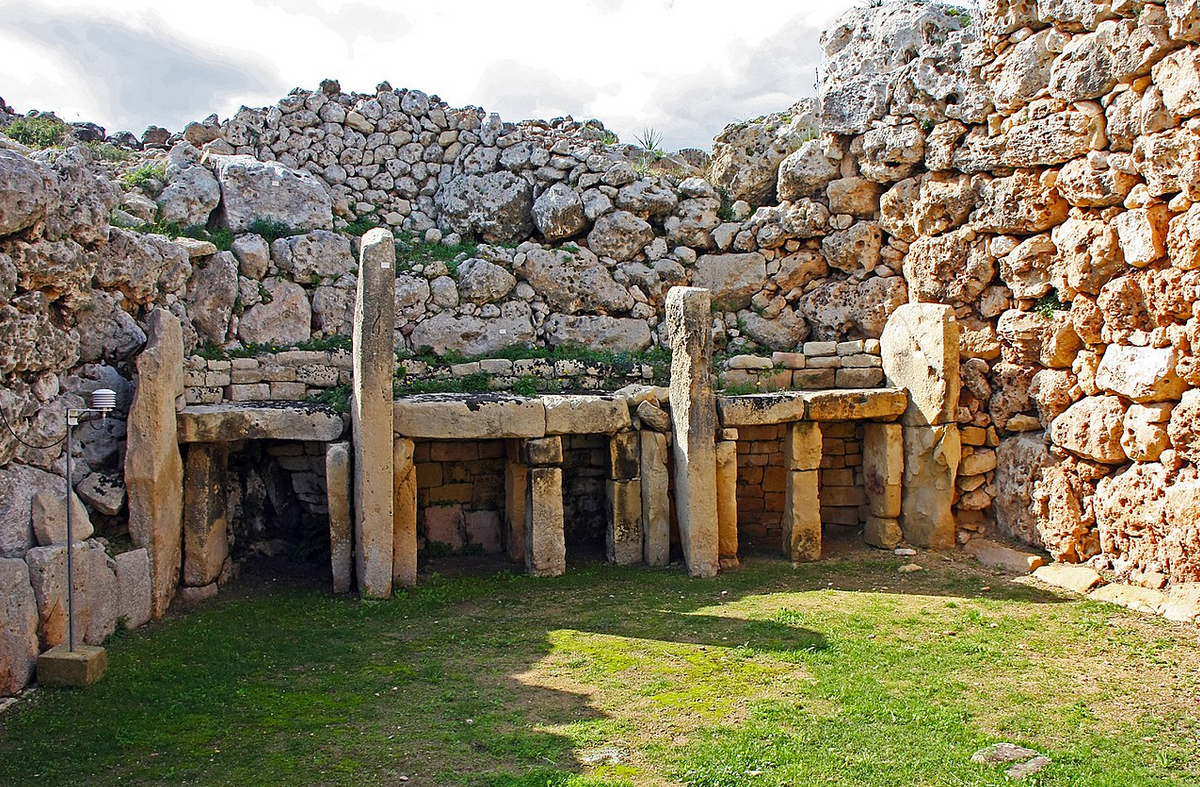
This group thrived on the island and by 3,500 BC they started to build free standing structures believed to have been temples. In fact some of the examples on Malta are considered to be the oldest existing free-standing structures in the world.
Phoenicians, Carthaginians & Romans
Around 1,000 BC the island was taken over and colonized by the Phoenicians, an ancient Greek seafaring culture who ruled the Mediterranean at one time. As Malta was central to the trade route from Greece to Cornwall in Britain the Phoenicians settled on the South of the island referring to it at that time as Melita.
Centuries later after the Phoenicians fell the island came under the control of Carthage, a former Phoenician colony located in modern-day Tunisia to the west of the island. This was around 332 BC and during their occupation the industries on the island included the growth of olives and carob as well production of textiles.
During the first Punic War the island became a contested territory between the Carthaginians and the Romans. It was Roman general Marcus Atilius Regulus who first conquered the island from the Carthaginians. Quickly however Carthage would take the island back before the Romans again successfully invaded in 218 BC.
Malta ultimately became Roman and would become a province of Sicily. This connection to Sicily meant it did not have to pay tribute to Sicily and was not subject to Roman laws. The common peoples of Sicily and Malta meant that Romanization of the island was slow.
Arab Period
Sicily to the north began to fall to Arab invaders in 827 AD and Malta through its connection fell quickly afterward. In 870 AD Malta was the site of a violent struggle by defending Byzantines (remains of the Roman Empire) and Arab invaders. The island was looted and pillaged, destroying many of its most important buildings in the process.
This invasion essentially left the small island uninhabited until recolonization by the Arabs from Sicily around 1048.
The Normans
In 1091 the Normans under Roger I of Siciliy took over the island as part of their conquest of Sicily. The Christians of Malta welcomed Roger and his forces and are said to have been rewarded with a portion of his banner for fighting on his behalf. This portion of red and white checked fabric is thought to have inspired the nation's modern day flag.
Malta became part of the newly created kingdom of Sicily with the Catholic church becoming the dominant religion. King Tancred of Sicily made Malta a fief of the kingdom, installing a count of Malta in 1192. The islands were much desired due to their strategic importance, which means that during this time the men of Malta were militarized to fend off attempted conquest.
Expulsion of the Arabs
A mass expulsion of Arabs began in 1224, coinciding with the entire Christian male population of Celano in Abruzzo being deported from Central Italy to Malta. In 1249 Frederick II, Holy Roman Emperor, decreed that all remaining Muslims must either leave Malta or convert to Catholicism.
Spanish Influence
The House of Barcelona would rule Malta from 1282 – 1409. They gained control by aiding Maltese insurgents in resisting the new French born king of Sicily Charles I of Anjou. The ruling dynasty of the crown of Aragon the Kings of Aragon eventually became the rulers of the island. Eventually however Malta would fall under Sicily’s influence once again.
Napoleonic Period
In 1798 on his way to Egypt Napoleon and his forces captured Malta. It was meant to be a supply point for Napoleon's ships but he also demanded tribute from the island's people. When the British finally defeated Napoleon the island of Malta became part of the British Empire. The 1814 Paris Treaty awarded the island to Britain and it quickly became a shipping way-station for the Empire.
How Did You Get Malta Region DNA?
If you already know that you had family who came from Malta or any of the bordering states then you know why you have Malta region DNA. If this result came as a surprise you may not know how exactly you came by DNA from this region.
If you have a sizable percentage of DNA from this region then it is likely you have an ancestor who was born in or close to the country of Malta.
Is the Result Accurate?
When it comes to ethnicity estimates the higher the percentage you have from a certain region the more likely it is to be accurate. If your percentage is low, however, then it is harder to pinpoint exactly where your most recent ancestors came from.
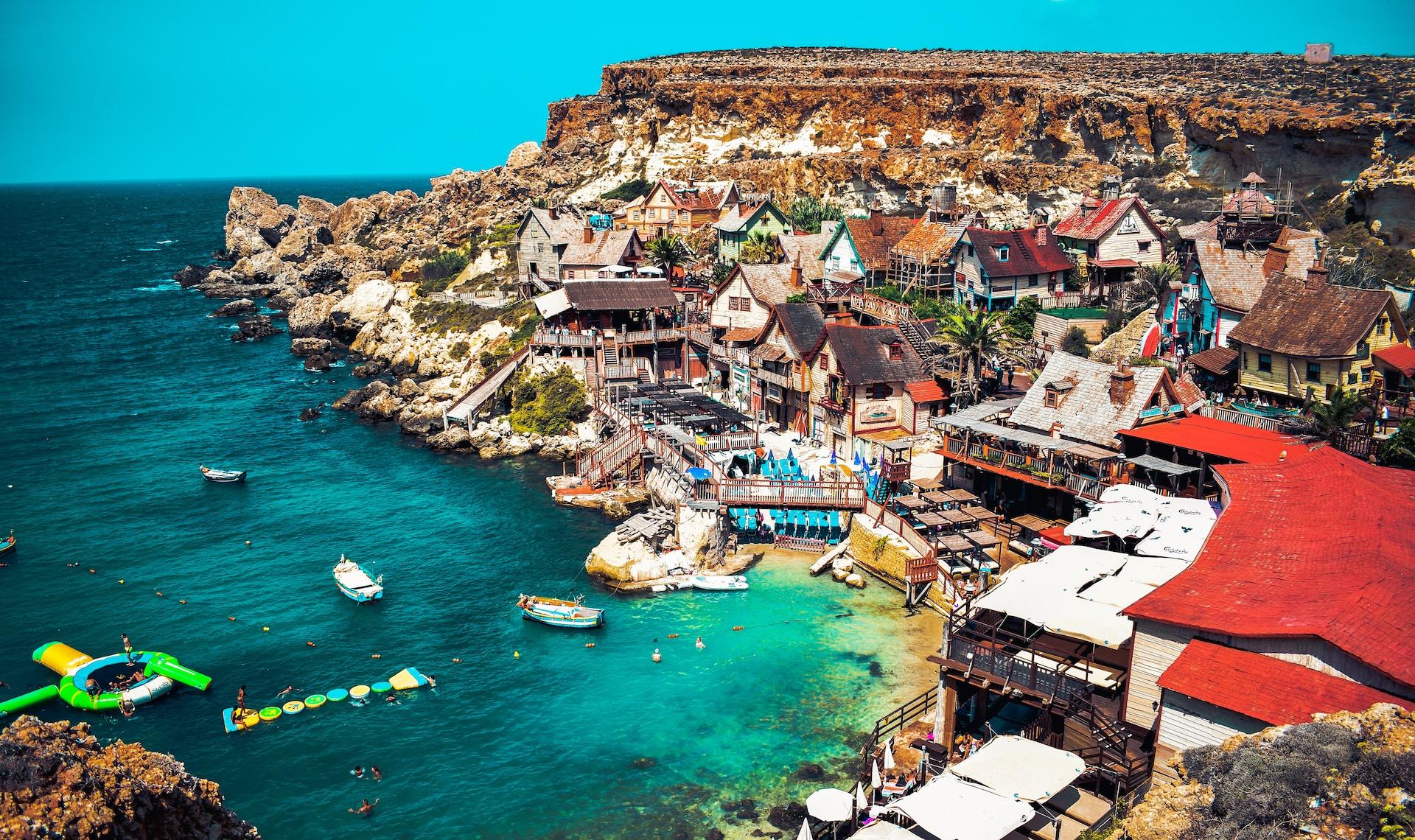
A low result could mean a distant ancestor from that region. It is best to focus on your highest rated region's matches to determine where your ancestors came from more recently. A low percentage can often be hard to locate because the ancestor in question could be many generations back in your tree.
How to Research my Ancestry from These Regions
The results of a DNA ethnicity test are of course a great place to start especially if there is an unexpected result found in the report. As always of course the DNA cannot tell the whole story and we need to actually do the research work.
A percentage on an ethnicity estimate means very little unless you follow through and start building up your family tree. The relevant ancestors may be several generations back and it may take a lot of research to discover who they were.
If you have specific regions mentioned in your report then you have a good idea of where your ancestor may have originated from. Ancestry DNA even has migratory information from some of these regions through to the final settlement places in the United States or elsewhere in the world.
Using Ancestry you may be able to determine not only who your ancestors were from the British Isles but perhaps the reason they decided to move.
Final Thoughts
The island of Malta is small but has seen a great deal of history. It has seen Greek, Roman and Arab influences as well as colonization by the French and British in more recent centuries. Having suffered periods of time when almost the entire population disappeared from the island it is difficult to know if any indigenous DNA remains in the modern population today but the first peoples came from the Iberian peninsula by way of the island of Sicily.
This Mediterranean island has two official languages Maltese which is inspired by archaic Sicilian and English. Italian and French are also spoken on the island but to a much lesser degree.
Link To or Reference This Page
We spent a lot of time downloading, cleaning, merging, and formatting the data that is shown on the site.
If you found the data or information on this page useful in your research, please use the tool below to properly cite or reference Name Census as the source. We appreciate your support!
-
<a href="https://namecensus.com/blog/what-is-malta-dna-ethnicity-on-ancestry/">What is Malta DNA Ethnicity on Ancestry?</a>
-
"What is Malta DNA Ethnicity on Ancestry?". NameCensus.com. Accessed on May 4, 2024. https://namecensus.com/blog/what-is-malta-dna-ethnicity-on-ancestry/.
-
"What is Malta DNA Ethnicity on Ancestry?". NameCensus.com, https://namecensus.com/blog/what-is-malta-dna-ethnicity-on-ancestry/. Accessed 4 May, 2024
-
What is Malta DNA Ethnicity on Ancestry?. NameCensus.com. Retrieved from https://namecensus.com/blog/what-is-malta-dna-ethnicity-on-ancestry/.
